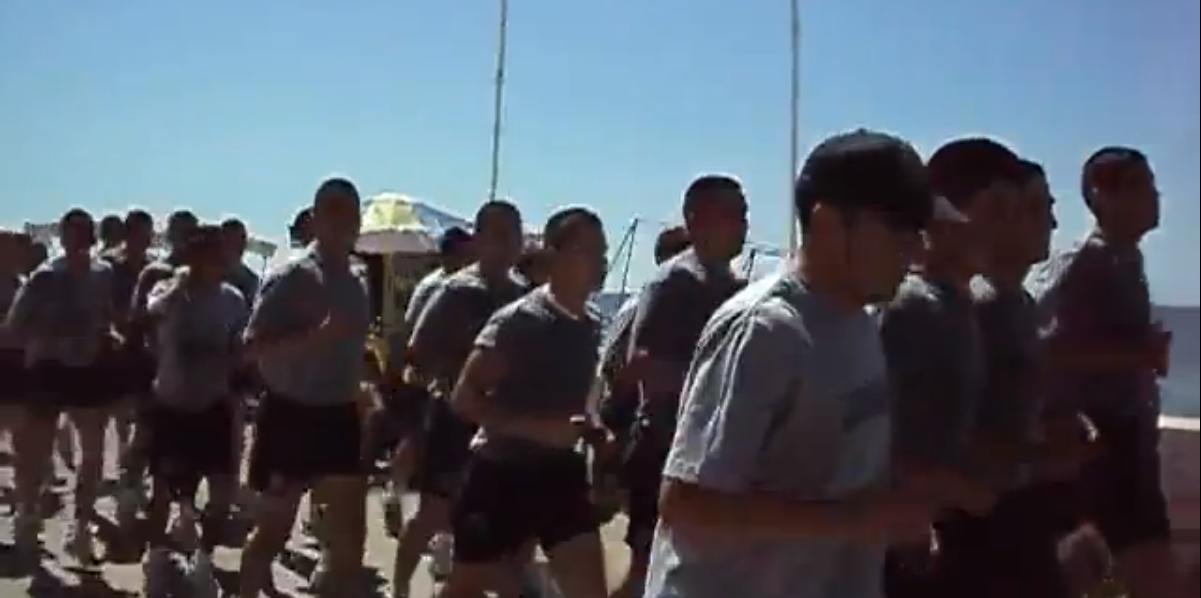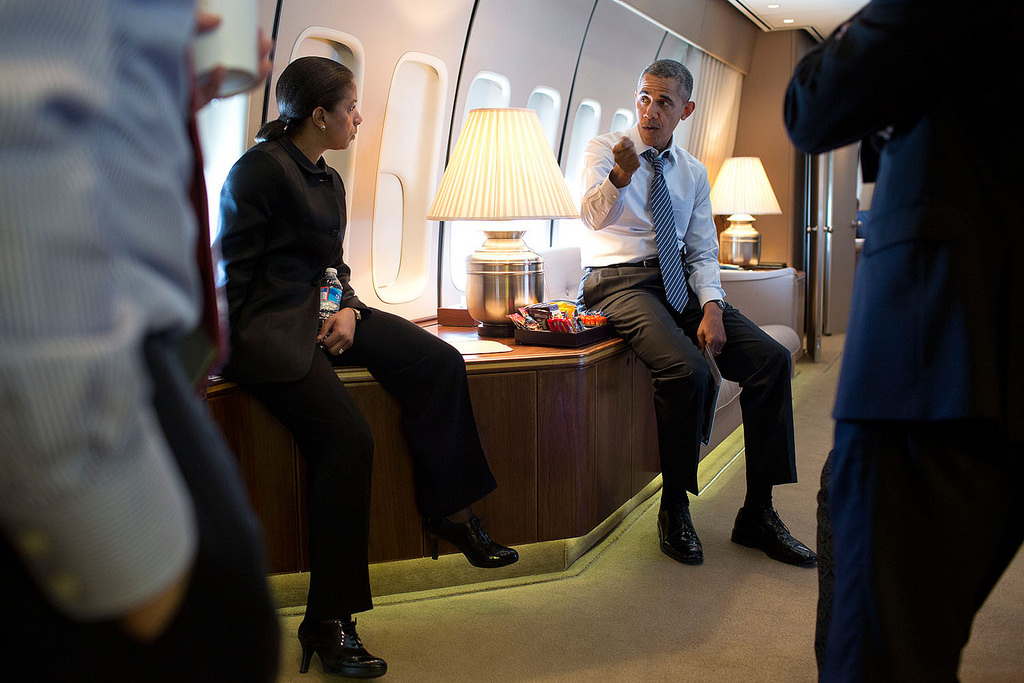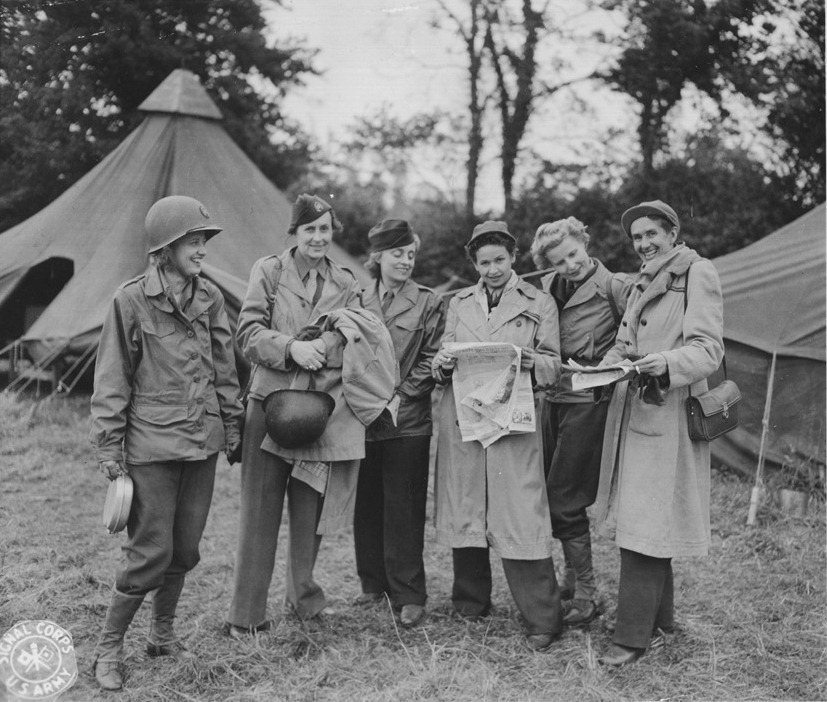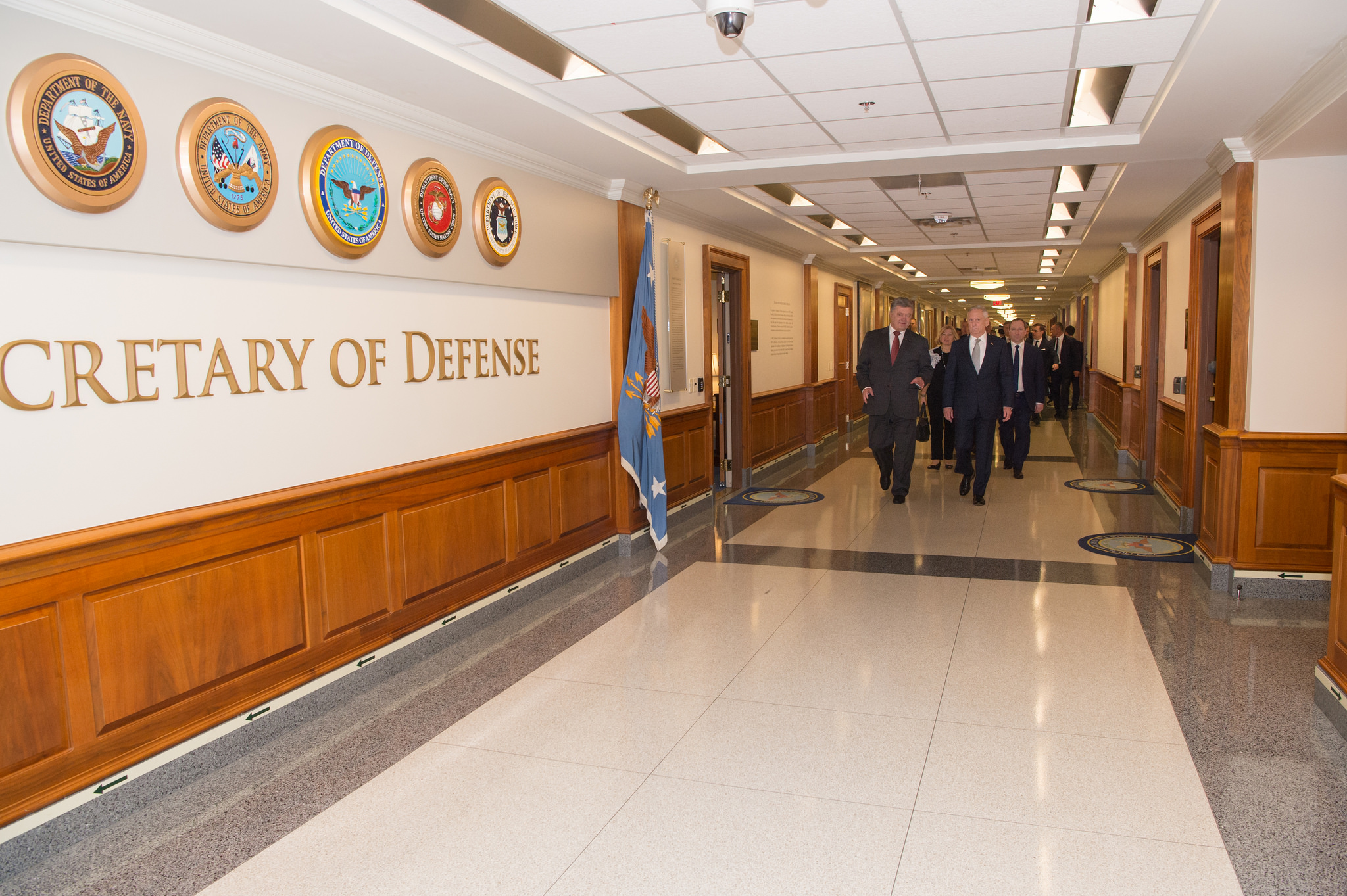Note: The Friday Puzzler will return next week.

In early February amateur video showing Chilean sailors chanting “I will kill Argentines, I will shoot Bolivians, I will behead Peruvians” surfaced and immediately drew international condemnation. Chilean officials denounced the chant and promised that the sailors involved would be punished, but the nature of the video — which shows a public training run — and reports that this particular chant has been around for decades suggests that it, and the military culture of violent xenophobia it embodies, enjoys some level of semi-official approval in the Chilean Navy. Notably, Chilean Congressman Gonzalo Arenas Hödar criticized the Navy’s prompt reaction, remarking that the chants “have always existed in all the armed forces,” and defensibly noted that anti-Chilean marching chants are common in the Argentine military as well.
Colin M. Snider has an excellent post that places the violent chant within the context of Chile’s past wars and current rivalries with its neighbors, concluding that “such declarations are unsurprising, as they tap into nationalist sentiment and regional antagonisms that go back well over a century.” This is certainly true, as Chile’s historical wars with its neighbors are a source of frequent contemporary conflict. As Snider notes, Chile’s annexation of southern Peru and costal Bolivia during the 1890s War of the Pacific is still resented in both countries; notably, the Bolivian coat of arms retains a star for its lost costal province conquered over a century ago. Conversely, bigotry towards Peruvians and Bolivians is common in Chilean society, as is nationalistic hostility towards Chile’s poorer neighbors.
So, given the history of conflict between Chile and its neighbors and the nationalistic prejudice present in Chilean society, the chant is arguably — though perhaps depressingly — unsurprising. However, what is notable is its context. The public nature of the sailors’ chant suggests that this is not, strictly speaking, a discipline issue. If these xenophobic chants have persisted over decades of personnel turnover within the Chilean armed forces it strains credibility to argue that they are not tolerated by the military establishment. Instead, xenophobic chants are likely encouraged within the officer corp, a possibility supported by a Twitter user’s claim, directed at Chilean Admiral Edmundo Gonzalez, that the marching chants are “not improvisations”. This is striking. Of course, xenophobia and cultures of violence targeted at outsiders classified as enemies are not uncommon within militaries. However, their public expression is rarely tolerated in modern, democratic armed forces like Chile’s. That’s not saying these expressions never occur, but are rarely seen in the quasi-official context of the Chilean video.
Given that violent xenophobia appears tolerated, if not encouraged, within the Chilean military, the military establishment must judge that this culture’s benefits exceed its downsides; this suggests that a cost-benefit framework determines when militaries foster cultures of violent xenophobia and when they do not. Of course, it is difficult to draw firm conclusions from the specific Chilean case — it is not clear if Chile’s apparent xenophobic military culture is due solely to internal factors, or a broad logic that can be extended to other cultural contexts. But it does suggest interesting speculation.
In the eyes of officers that allow it, peacetime xenophobia could build martial vigor and an esprit de corps by self-defining a military group in opposition to its perceived enemies. Indoctrinating soldiers with the idea that war is possible also presumably raises morale and commitment in militaries where servicemembers are unlikely to be asked to actually fight. However, these cultures also impose costs by risking that soldiers will be perceived as bloodthirsty and the society they represent bigoted, as has been the case in Chile. These interacting benefits and costs suggest that militaries will foster xenophobia when they face conditions that maximize the benefits and minimize the costs of these cultures. Chile appears to fit this criteria, for three reasons.
First, Chile has standing rivalries with neighboring countries the Chilean population perceives as enemies. In addition to Chile’s history of conflict with its neighbors, this public perception is partially due to the Pinochet dictatorship’s practice of stressing external, as well as internal, threats in a bid to legitimize military rule. A society-identified external enemy is a requirement for military xenophobia, for obvious reasons: to motivate, xenophobia needs an obvious and somewhat credulous target. While military establishments are certainly capable of indoctrinating their members with violent hatreds, this xenophobia must be based on a strong, contemporary social bias. Modern French officers attempting to motivate their soldiers by indoctrinating them with a hatred of, say, Germans would be met by laughter, despite the two countries’ history of conflict. Importantly, the channel between social perceptions of external enemies and deliberately indoctrinated military xenophobia works both ways: soldiers indoctrinated with xenophobic hatreds will take bigotry with them back into society, and as the historical Chilean military dictatorship demonstrates governments will often build public perceptions of external threats in the service of regime legitimacy. Together, these popularly-perceived external enemies likely maximize the beneficial motivating effects of fostering military xenophobia.
Secondly, Chile has little prospect of actually going to war. Chile has not engaged in an interstate war for over a century, and despite outstanding disputes with Bolivia and Peru there has been little prospect of armed conflict since the end of the Pinochet regime. It is reasonable to suspect that servicemembers will be less committed to training and discipline in peacetime forces when low commitment is less likely to result in fatal consequences. Constant repetition of the abstract idea that combat is coming – “I will kill Argentines,” and so on — is plausibly a device to increase individual servicemembers’ personal commitment. Even if servicemembers can rationally judge war to be unlikely, immersion in an environment where the opposite is stressed presumably has an effect.
Finally, Chile’s peacetime status reduces the potential costs of xenophobic military culture. For militaries in combat, unconstrained xenophobia has much greater potential to damage military reputation. Soldiers socially indoctrinated with ethnic hatred are much more likely to commit highly-visible atrocities, if they have the opportunity. Chilean sailors may chant about “beheading Peruvians”, but thankfully have no opportunity to actually commit war crimes. For forces in combat, this is not the case. In the US military, endemic hatred of Muslims would create an environment where servicemembers judged war crimes to be tolerated. Consequently, in the last decade the US military establishment has vigorously worked to prevent a culture of broad hatred from arising within its ranks. While xenophobic sentiments have persisted at the lower-level of the US military, these hatreds are clearly not approved by military’s leadership and exist in spite of, rather than due to, the desired institutional culture.
These two Chile-specific cultural factors — popularly-defined external enemies, and a low likelihood of facing combat — support the possibility that military xenophobia grows from a cost-benefits framework. If this is true and the Chilean video’s military xenophobia is partially due to this general cost-benefit judgement, we would expect to see similar expressions in societies in similar cultural situations. Limiting to the South American context, Bolivia and Argentina symmetrically face the similar cultural factors as Chile – both countries’ populations to some degree define Chile as a potential enemy, and neither have fought recent wars. Both these countries exhibit some violent xenophobia: as noted above anti-Chilean marching chants appear present in the Argentine armed forces, and Colin M. Snider’s piece highlights a Bolivian war memorial that shows a Bolivian soldier stabbing a Chilean in the throat and promises Bolivia will one day recover its lost province.
Today the costs of tolerating ing xenophobic military cultures have grown, as the furious international reaction to the video — and Chilean naval commanders’ promise that those involved will be punished — demonstrates. In past decades barracks hatreds were mostly just that: confined to barracks. But when a sailors’ chant can be quickly disseminated around the world and instantly embarrass the government, the reputation costs of xenophobic military cultures have grown, even for peacetime forces. Chile’s military establishment appears to be learning this the hard way.
A version of this piece first appeared on the author’s blog.







